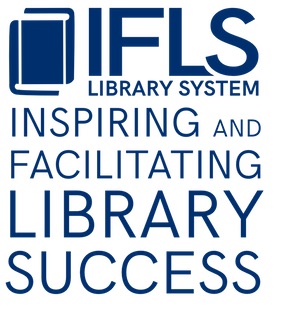 |
| Arthur Rackham illustration from Goldilocks and the Three Bears, from Pixabay |
A recent study from the Cincinnati Children’s Hospital showed that reading aloud, combined with pictures, is the sweet spot for developing children’s brains. Three-to-five-year-old kids were exposed to a Robert Munsch story in three formats while going through an FMRI machine (which always makes me wonder how they get 3-5-year-olds to volunteer to be put in a tube to hold perfectly still–yikes!).
Children who saw an animated version of the story had lots of activity in the audio and visual perception networks, but not so much in the way of connections between the various brain networks. Children’s comprehension was the worst in this instance). This is what the NPR article summarizing the study classified as too hot.
Children who listened to the story being read, with no pictures, had stimulation in the language networks, but not as much connectivity. There was evidence that they were really straining to understand (classified as too cold).
Children who saw pictures and heard the story read were in the Goldilocks zone–“Most importantly, in the illustrated book condition, researchers saw increased connectivity between — and among — all the networks they were looking at: visual perception, imagery, default mode and language. ‘For 3- to 5-year-olds, the imagery and default mode networks mature late, and take practice to integrate with the rest of the brain,’ [study author Dr. John] Hutton explains. ‘With animation you may be missing an opportunity to develop them.'” (NPR article)
And this doesn’t even take into consideration the added benefit to a child of sitting on a caregiver’s lap, reading together and having a chance to have some back-and-forth dialogic reading. So if parents are trying to figure all this out, there is additional scientific evidence to support using picture books and e-content that allows for less animation and more traditional stories/illustrations.
Cool, huh?
